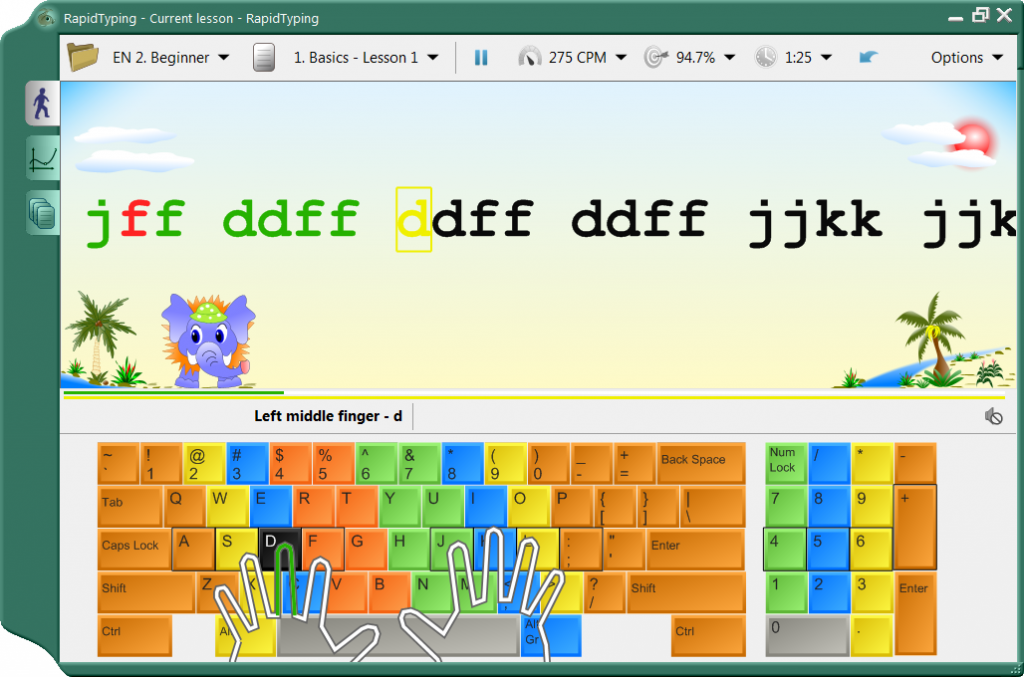Bank Financing Options for Uber Drivers: Complete Vehicle Loan Guide
Understanding auto financing for ride-share drivers
Uber drivers face unique challenges when seek vehicle financing. Traditional lenders oftentimes view gig economy income as unstable, make loan approval difficult. Yet, several banks and financial institutions straightaway recognize the growth ride-share market and offer specialized financing solutions.
The key to successful financing lie in understanding which lenders work with ride-share drivers and how to present your income efficaciously. Many drivers successfully secure loans by demonstrate consistent earnings and maintain good credit scores.
Major banks offer ride-share vehicle financing
Wells Fargo
Wells Fargo provide auto loans for Uber drivers through their standard auto lending program. They consider ride-share income as legitimate employment when drivers can document consistent earnings over several months. The bank require proof of income through bank statements, tax returns, andUberr earnings summaries.
Their loan terms typically range from 12 to 84 months with competitive interest rates for qualified borrowers. Wells Fargo likewise offer refinance options for drivers look to improve their current loan terms.
Bank of America
Bank of America accept applications from gig economy workers, include Uber drivers. They evaluate applications base on total monthly income, include ride-share earnings. The bank require comprehensive documentation of earnings and may request additional verification for self employ borrowers.
Their auto loan program offer flexible terms and the possibility of pre-approval, which help drivers negotiate better deals at dealerships. Bank of America likewise provide online tools to help calculate monthly payments and loan terms.
Chase bank
Chase offer auto financing for ride-share drivers through their consumer lending division. They considerUberr income when evaluate loan applications, especially for drivers with established earn histories. Chase require detailed income documentation and may request profit and loss statements for self employ applicants.
The bank provide both new and used vehicle financing with competitive rates for qualified borrowers. Chase besides offer relationship discounts for exist customers with checking or savings accounts.
Credit unions and alternative lenders
Navy federal credit union
Navy federal credit union offer excellent rates for eligible members, include those earn income through ride-share driving. They provide more flexible underwriting guidelines compare to traditional banks and oftentimes considernon-traditionall income sources morefavorablyy.
Their auto loan program include both purchase and refinance options with terms up to 84 months. Navy federal besides offer gap insurance and extended warranties through their lending program.
Penned credit union
Pentagon federal credit union provide auto loans with competitive rates and flexible qualification requirements. They evaluate ride-share income as part of total monthly earnings and offerpre-approvall options for qualified applicants.
Penned’s loan program include both direct lending and dealer financing options, give drivers flexibility in their purchasing approach. They besides provide online calculators and tools to help estimate loan payments and terms.
Local credit unions
Many local credit unions offer more personalized service and flexible lending criteria for ride-share drivers. These institutions oftentimes have better understanding of local market conditions and may be more willing to work withnon-traditionall income sources.
Credit unions typically offer lower interest rates and fees compare to traditional banks. They besides provide more direct communication with loan officers who can explain specific requirements and help structure appropriate financing.
Online lenders and fintech companies
Light stream
Light stream, a division ofsun trustt bank, offer unsecured auto loans for qualified borrowers, includUberer drivers. They provide quick online applications and funding, oftentimes within the same day for approve applicants.
Their lending criteria focus on creditworthiness quite than employment type, make them accessible to gig economy workers with good credit scores. Light stream offer competitive rates and no fees for qualified borrowers.
Capital One auto finance
Capital One provide auto financing for ride-share drivers through both direct lending and dealer partnerships. They consider various income sources and offerpre-qualificationn without affect credit scores.
Their online platform provide instant decisions for many applications and offer tools to help drivers find suitable vehicles within their budget. Capital One likewise provides rate matching for qualified borrowers who find better offers elsewhere.
Specialized ride-share financing companies
Uber vehicle marketplace
Uber partners with various lenders through their vehicle marketplace platform. This program connects drivers with financing options specifically design forride-sharee vehicles. Partner lenders understand the unique needs oUberer drivers and offer tailor loan products.
The marketplace include both traditional financing and lease to own options. Some programs require minimal down payments and offer flexible approval criteria for drivers with limited credit history.
Horsecar financing partners
While mainly know for vehicle rentals, horsecar besides connect drivers with financing partners who specialize inride-sharee vehicle loans. These lenders understand the income potential oride-sharere driving and structure loans consequently.
Documentation requirements for loan applications
Income verification
Banks require comprehensive documentation of ride-share income. Essential documents includeUberr earnings statements, bank deposit records, and tax returns showride-sharee income. Many lenders prefer to see consistent earnings over at least three to six months.
Drivers should maintain detailed records of their earnings, include gross income, expenses, and net profit. This documentation help lenders understand the true earn potential and financial stability of the applicant.

Source: marketwatch.com
Credit requirements
Most lenders require credit scores of at least 600 for auto loan approval, though some may accept lower scores with additional requirements. Higher credit scores typically result in better interest rates and loan terms.
Drivers should review their credit reports before apply and address any errors or outstanding issues. Some lenders offer pre-qualification processes that allow applicants to check potential loan terms without affect their credit scores.
Additional documentation
Lenders may request additional documentation include driver’s license, insurance information, and vehicle registration for exist cars. Self employ borrowers oftentimes need to provide business licenses or incorporation documents.
Some banks require profit and loss statements or accountant prepare financial statements for higher loan amounts. Have these documents prepare in advance can speed up the application process.
Loan terms and interest rates
Interest rate factors
Interest rates for ride-share drivers vary base on credit score, loan amount, vehicle age, and lender policies. Rates typically range from 3 % to 15 % for qualified borrowers, with credit unions oftentimes offer the nearly competitive rates.
New vehicle loans mostly receive better rates than use vehicle financing. The loan to value ratio to affect interest rates, with lower ratios result in better terms.
Loan terms
Most lenders offer loan terms between 36 and 84 months for ride-share vehicle financing. Longer terms result in lower monthly payments but higher total interest costs. Drivers should balance monthly affordability with total loan cost when select terms.
Some lenders offer flexible payment options, include bi-weekly payments or seasonal adjustments for drivers with variable income patterns.
Strategies for loan approval
Building strong applications
Successful loan applications require thorough preparation and documentation. Drivers should gather all require documents before apply and ensure their financial records clear demonstrate income stability.
Maintain separate business accounts for ride-share income help demonstrate professionalism and make income verification easier. Regular deposits and consistent earning patterns strengthen loan applications.
Improve credit scores
Drivers with lower credit scores should focus on improvement before apply for financing. Pay down exist debt, make timely payments, and avoid new credit inquiries can boost scores over time.
Some lenders offer secured credit cards or credit build loans that help establish or rebuild credit history. These tools can be valuable for drivers new to credit or recover from past financial difficulties.
Shop for best terms
Compare offers from multiple lenders help drivers find the best financing terms. Pre-qualification from several lenders allow comparison shop without multiple credit inquiries affect credit scores.
Drivers should consider total loan cost, not fair monthly payments, when evaluate offers. Lower interest rates or shorter terms may provide better long term value despite higher monthly payments.
Alternative financing options
Lease programs
Some companies offer lease programs specifically design for ride-share drivers. These programs oft include maintenance and insurance, simplify vehicle management for drivers.
Lease terms typically range from one to four years with options to purchase at lease end. Monthly payments are much lower than traditional financing, but drivers don’t build equity in the vehicle.
Rent to own programs
Rent to own programs allow drivers to begin work instantly while build toward vehicle ownership. These programs much have more flexible approval criteria but may result in higher total costs.
Drivers should cautiously review rent to own terms and compare total costs with traditional financing options. Some programs offer early buyout options that can reduce overall costs.
Tips for successful vehicle financing
Timing applications
The best time to apply for vehicle financing is when drivers have consistent income documentation and stable credit scores. Apply during periods of high earnings can strengthen applications.
End of month or end of quarter timing may provide better negotiate opportunities with dealers and lenders look to meet sales goals.
Negotiate terms
Drivers should negotiate both vehicle price and financing terms. Pre-approval from banks or credit unions provide leverage when negotiate with dealer financing departments.
Understand total loan costs help drivers evaluate dealer incentives and promotional rates. Sometimes higher purchase prices offset attractive financing terms.
Avoid common mistakes
Common mistakes include focus but on monthly payments, not read loan terms cautiously, and accept the first offer receive. Drivers should take time to understand all loan terms and compare multiple options.
Avoid unnecessary add-ons like extended warranties or insurance products can reduce total loan costs. These products can oftentimes be purchase individually at better prices if neededneed.
Successful vehicle financing for Uber drivers require preparation, documentation, and comparison shopping. Multiple banks and lenders straightaway serve the ride-share market, provide opportunities for drivers to find suitable financing solutions. The key lie in present strong applications with comprehensive income documentation and maintain good credit scores.

Source: streamrealty.com



